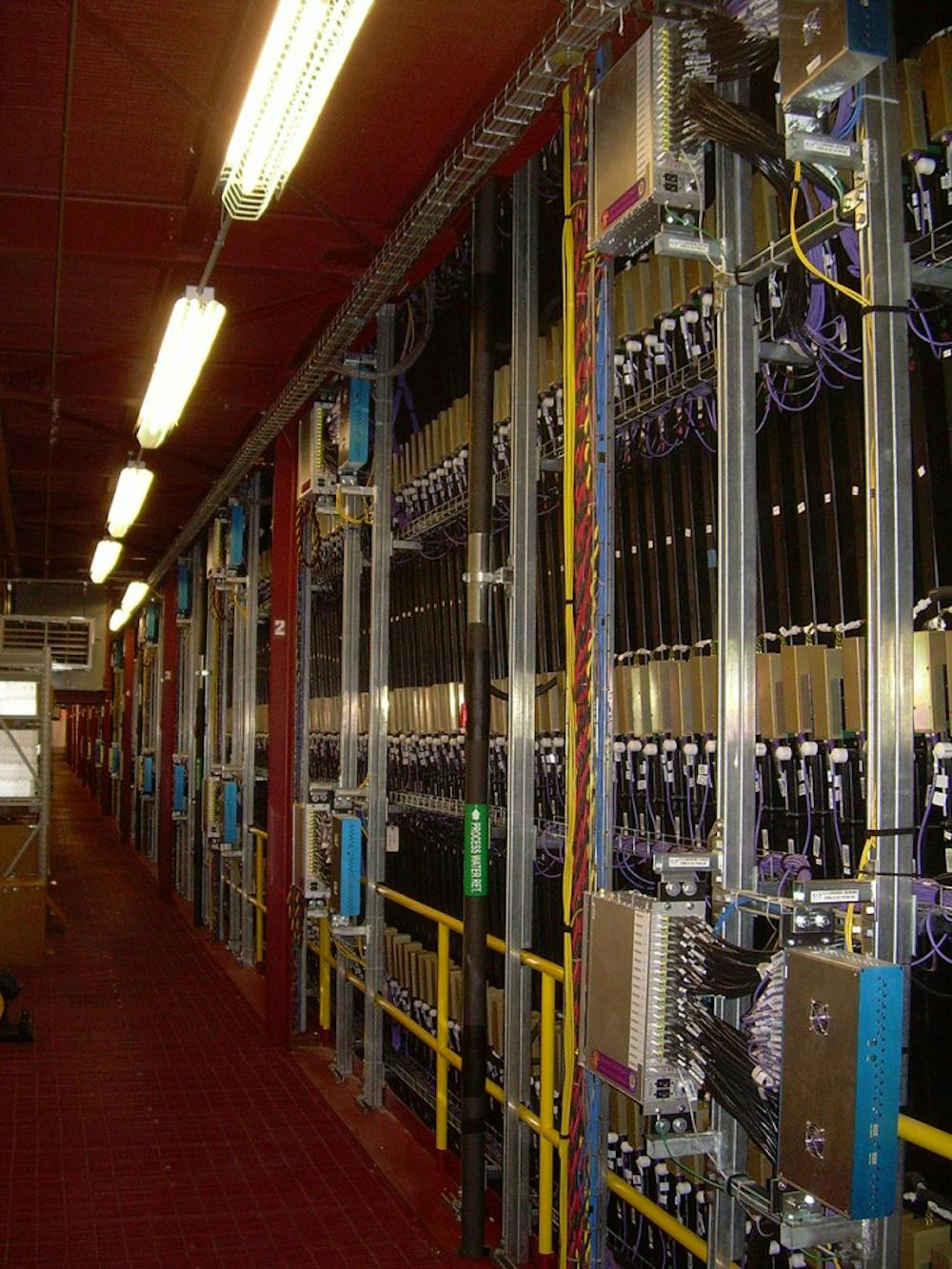The question of how the universe came into existence has remained a mystery for millenia. There have been numerous theories regarding the creation of the universe — such as the Big Bang Theory — but there are still many unanswered questions. The NOvA project, centralized at the Fermi National Accelerator Laboratory in Illinois, aims to utilize particles called neutrinos to learn more about the beginning of the universe.
Although the Fermilab is located in Illinois, there is a NOvA monitoring and control station on Grounds, where University of Virginia scientists such as Physics Prof. Craig Dukes, a NOvA senior member, can remotely monitor the detectors.
Neutrinos are one of the most abundant particles in our universe — trillions of them pass through our bodies every second. They are believed to have played a role in the creation of the universe, making them interesting for experimentation. However, because of neutrinos’ low interaction rate with other matter, it is difficult for scientists to conduct experiments with them.
To allow for feasible experimentation, the Fermilab has two neutrino detectors, a near detector located at the lab in Illinois and a “far detector” located 810 kilometers away in Minnesota. There are three types of neutrinos — electron-neutrinos, muon-neutrinos and tau-neutrinos, each categorized by the charged particle they are named after.
“Most neutrinos produced at Fermilab are detected as muon-neutrinos,” University Research Scientist Ralf Ehrlich said. “However, on their way to Minnesota, a phenomenon called neutrino oscillation happens. The consequence of this neutrino oscillation is that a fraction of neutrinos arriving at the ‘far detector’ are detected as electron-neutrinos instead of muon-neutrinos.”
When the muon-neutrinos make their journey to Minnesota — a process which takes no longer than a few milliseconds — some of the particles interact with matter leading to this change. By studying these changes, scientists can begin to learn much about neutrinos such as their mass, number of oscillations and their role in the beginning of the universe.
NOvA scientists have also been experimenting with antineutrinos to try and get a better understanding of neutrinos.
Antineutrinos, the antiparticles of neutrinos, exhibit the same type of oscillations as neutrinos. By using an antineutrino beam instead of a neutrino beam, NOvA scientists can observe changes to the antineutrinos when they are travelling and compare them to the changes of neutrinos. By comparing these differences, they can learn much more about the properties of neutrinos than they would if they only used neutrinos.
One of the biggest questions NOvA scientists hope to answer is why there is an imbalance between matter and antimatter. They hope to gain an understanding on why matter predominates over antimatter and not the other way around.
Another topic of interest that the NOvA project hopes to learn more about is the possibility of dark matter annihilation in the sun due to the role dark matter could have had in the creation of the universe. NOvA scientists use a detector as a telescope to try and locate signals of dark matter in the sun.
The NOvA project still has about five years left planned for data-taking allowing for many new discoveries. Assoc. Physics Prof. Craig Group, a NOvA scientist, believes this project will help answer some questions about the beginning of the universe.
“If [the universe] started with a Big Bang, as we believe, then matter and antimatter should have been produced equally at the beginning,” Group said. “We don’t know what tipped the scales to the matter side early in the universe, and we think neutrinos might be able to explain part of that fascinating question.”







